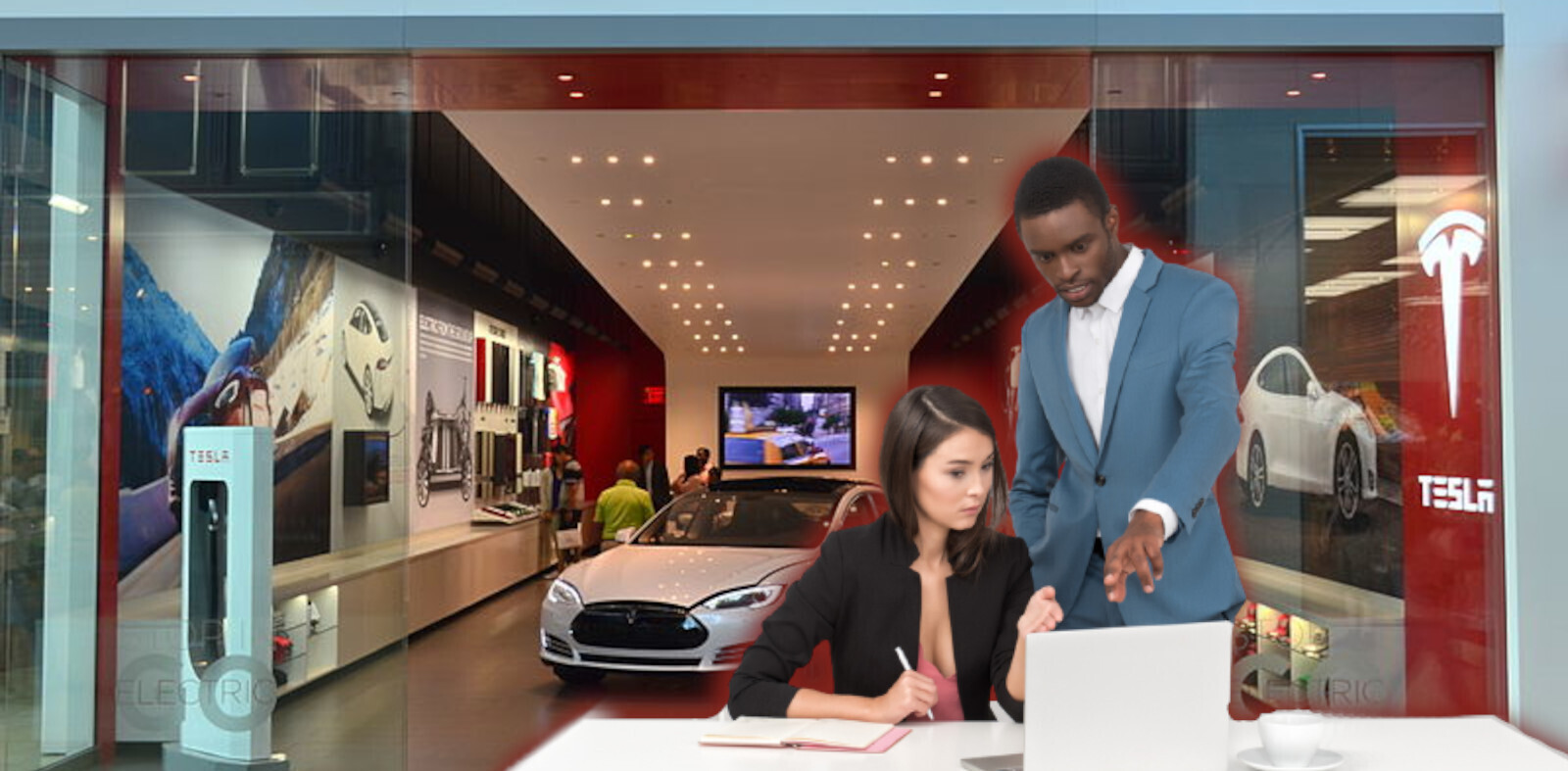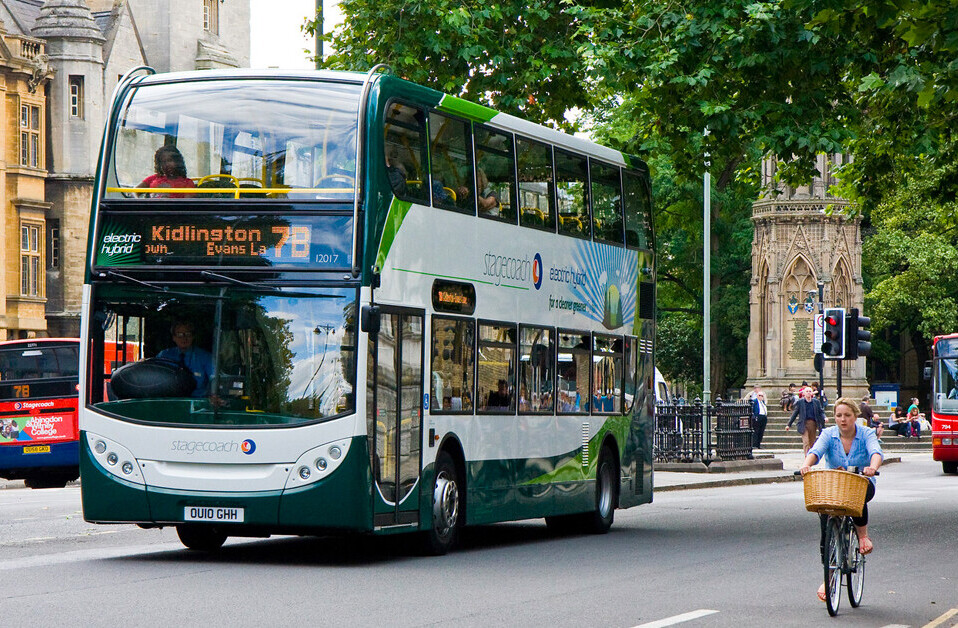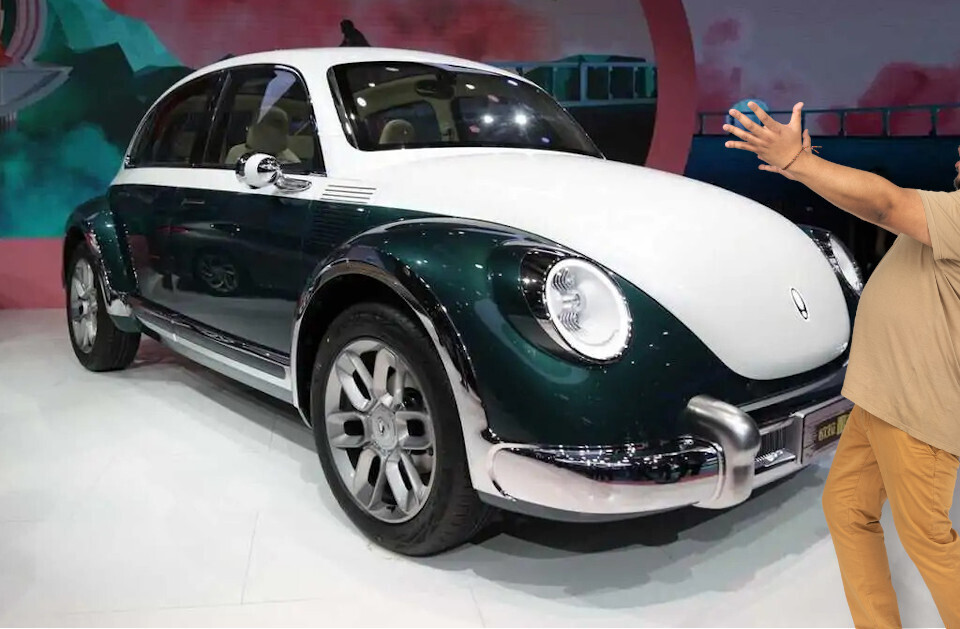
This article was originally published by Steve Schaefer on Clean Fleet Report, a publication that gives its readers the information they need to move to cars and trucks with best fuel economy, including electric cars, fuel cells, plug-in hybrids, hybrids and advanced diesel and gasoline engines.
The all-new 2021 Volkswagen ID.4 is the car VW is counting on to build its post-diesel-scandal electric car business in the United States. Based on a first look—but sadly, not a drive—I’d say they have reason for optimism.
The hottest segment in the American vehicle market today is compact crossovers–think Toyota RAV4 and Honda CR-V. That’s precisely where the ID.4 fits—except that it’s all-electric only, while those two cars are available as gas cars, a hybrid (the CR-V and RAV4) or a plug-in hybrid (RAV4 Prime).

I had a chance to visit a sparkling white preproduction vehicle last week, examining every angle and sitting in the front and rear seats. The styling is new and fresh, looking both like a Volkswagen and like the other compact SUV guys, too. The look is softer and more flowing than the chunkier gasoline crossovers VW sells, such as the Tiguan and Atlas.
Inside, the design is clean, modern and not cheap looking. Textures are not pretend leather or faux anything—VW celebrates the car’s modern materials. The seats look and feel like leather, but are actually leatherette, perforated in the sample car in an elegant hexagon pattern. Leatherette is a classic Volkswagen material—my 1968 Squareback featured it, too.
The VW engineers and designers used their tape measures, because the ID.4 is within a hair’s breadth of the aforementioned Toyota and Honda models, with a couple of inches more headroom. Based on the company’s new MEB electric car platform, the battery is tucked out of sight and doesn’t intrude on passenger or cargo space. The interior passenger volume is a spacious 99.9 cubic feet. Cargo capacity is a generous 30.3 cubic feet with the second row up and a plentiful 64.2 cubic feet with them folded.

And VW equipped the ID.4 with extras above its competitors, such as larger standard wheels, bigger dash displays, wireless phone charging and app connect.
After what feels like a long wait, VW is taking deposits now for the 1st Edition model, which offers numerous upgrades at a 10 percent premium over the “Pro” model, the standard version that debuts in Q1 of 2021. After the 1st Edition is sold out, to get all the extras you’ll have to order the Statement and Gradient packages. It adds in the kinds of things people like and will pay for if they are not trying to be budget conscious, such as 12-way power seats with massage lumbar and a massive glass sunroof.
The 1st Edition model comes with a 201-horsepower motor, mounted in the rear (like a Beetle!) with 228 pounds-feet of torque. The ID.4’s 82 kilowatt-hour (kWh) battery is made up of 288 pouch cells in 12 modules housed in a lightweight aluminum structure bolted to the frame. Range is expected to hit 250 miles, which is right in the heart of the “affordable” EV market. All-electric competitors include the Chevy Bolt EV (259), Hyundai Kona Electric (258), and Kia Niro EV (239). Next year, a higher-performance all-wheel-drive ID.4 model will arrive with 302 horsepower.
Charging up
Even if buyers love the ID.4’s style and features, the lingering EV charging issue remains. With the ID.4, as with most EVs, you can use Level 2 (240-volt) charging or Level 3 DC fast charging. With the former, through an 11-kW onboard charger, the battery will add 33 miles of range per hour, taking about 7.5 hours to complete from empty. That’s perfect for home or workplace charging. The 125 kW DC fast charging is designed for quick topping off when traveling. You can boost the battery from 5 to 80 percent in just 38 minutes—a freeway lunch stop.
To make fast charging convenient, VW has allied with the charger network it’s building, Electrify America, and offers free fast charging for three years. How long it’ll take to rival Tesla’s Supercharger network is uncertain, but they are offering more than 2,500 DC fast charging locations (5,494 plugs) already. That makes it easy to drive the ID.4 across this wide country without much trouble at all. That removes a major objection to going EV.

The modern interior will be the freshest in the market. One unique feature is ID.Light. It’s a thin strip below the windshield that lights up for various reasons—to indicate turns, warn you of automatic braking for an object ahead, show charging status and much more. Once you learn it, it serves as an instant and almost subconscious reminder. There’s wireless mobile charging, and the Car-Net feature adds a mobile hot spot for up to four devices. The dash offers gesture control, so you won’t get greasy fingerprints on your touch screen.
EVs aren’t generally thought of as tow vehicles, but the ID.4 can pull 2,700 pounds—200 more than the RAV4 Prime and 1,200 more than the CR-V Hybrid.
The Source — Germany now, Chattanooga in 2022
A chastened VW says they’re aiming to be carbon neutral by 2050 per the Paris Agreement. Meanwhile, at the Zwickau plant in Germany, they’re using electricity generated from renewable sources and are buying carbon offsets to allow a carbon-neutral balance there. More is coming, they say, and Clean Fleet Report will be following it.
Zwickau is currently the sole production facility for the ID.4, but it will be supplemented in 2022 when the Chattanooga, Tennessee, plant opens. At that point, all the U.S. ID.4s will be built there, including a lower-priced $35,000 model.

For now, the 1st Edition ID.4, with all the trimmings, is available for delivery in 2020 for $43,995, plus, I assume, shipping. The ID.4 Pro comes out in Q1 of 2021 for $39,995. Once the 1st Edition is sold out, you can add the Statement package to the Pro to recreate the 1st Edition model, more or less, minus the special “1st Edition” badging and cute features like play/pause accelerator and brake pedals. I was told that the mostly white interior I saw is part of the 1st Edition, too. For qualified customers through Volkswagen Credit, the monthly lease payment for a 36-month lease on the ID.4 Pro with 10,000 miles a year, is $379 per month with $3,579 due at signing, excluding tax, title, license, options and dealer fees.
At this point, VW still hasn’t sold enough EVs to lose its $7,500 Federal tax credit, and you can receive more discounts and rebates, too, depending on where you live. The $40,000 price tag is right in the heart of the market for mainstream EVs; VW has priced its entry vehicle very well.
A private tour
Jeffrey Lean, Product Manager, Electric Vehicles for Volkswagen of America, was my one-on-one tour guide for my hour with the ID.4. He is intimately familiar with this all-new car, and told me that he thinks the ID.4 is the most important VW launch since the Beetle, because it’s the right:
- Size
- Price
- Look
- Features
- Range

VW is working with its dealers to help them sell the ID.4. They plan to have at least one EV specialist on staff at each store to make sure that customers aren’t steered away from the EVs or discouraged by salespeople unfamiliar with the technology or benefits (a strategy used by Nissan with the Leaf). This becomes more important as more EVs flow into the dealerships in coming years.
As the industry moves towards EVs, VW, already a European leader, is hoping to become a major brand in the U.S. again. Also, we need the right EVs here to create volume sales for electric cars. The ID.4, supported by the Electrify America network, could be the turning point for when families say, “Why not go for an EV?”
Here’s what Scott Keogh, CEO, Volkswagen Group of America, said about the ID.4:
“It drives like a GTI, it has the packaging of a Tiguan and the purpose of the Beetle. All the best things about VW in one package.”
You can follow Clean Fleet Report on Twitter and Facebook.

SHIFT is brought to you by Polestar. It’s time to accelerate the shift to sustainable mobility. That is why Polestar combines electric driving with cutting-edge design and thrilling performance. Find out how.
Get the TNW newsletter
Get the most important tech news in your inbox each week.





![[Updated] VW stole my totally brilliant and not terrible idea to rename itself ‘Voltswagen’](https://img-cdn.tnwcdn.com/image?fit=2361%2C1161&url=https%3A%2F%2Fcdn0.tnwcdn.com%2Fwp-content%2Fblogs.dir%2F1%2Ffiles%2F2021%2F03%2Fvw-id3-orderboek.jpeg&signature=014ff032b87f75d4302fe5198af0308e)